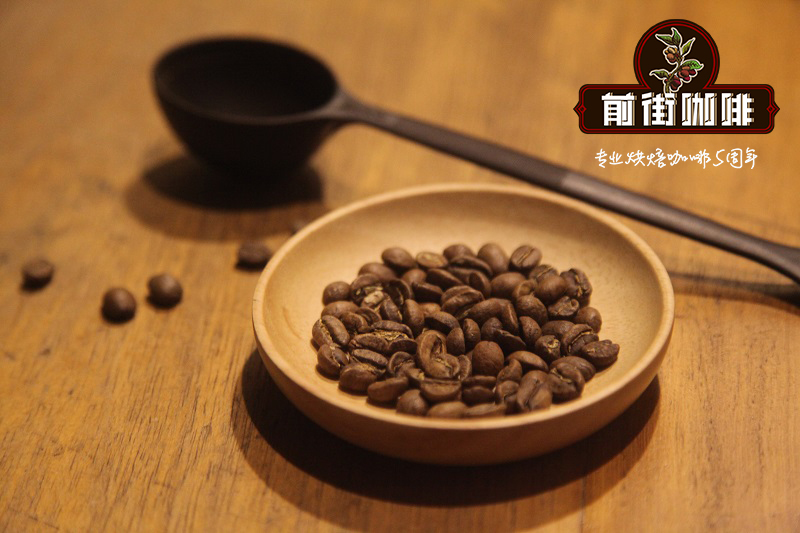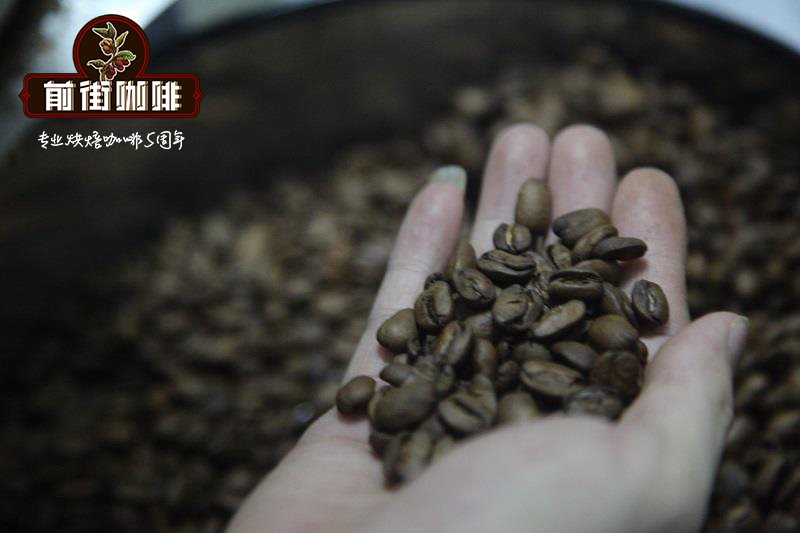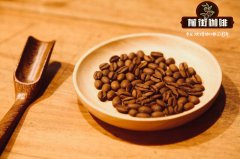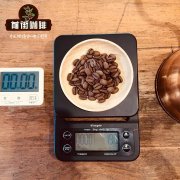Is it difficult to cultivate coffee beans in Laos? is the quality of Arabica coffee beans good in Laos coffee?

Professional coffee knowledge exchange more coffee bean information please follow the coffee workshop (Wechat official account cafe_style)
It is difficult to cultivate Arabica coffee beans.
Coffee beans are now the most important agricultural export in Laos, but Arabica coffee beans, which are difficult to breed, account for only 1/3 of the total output.
Laos exports tens of millions of dollars of coffee beans a year, which is still less than Vietnam's billions of dollars, so coffee farmers on the Borofen plateau strive to "focus on quality rather than weight."
"the Lao coffee industry is recovering and people are re-learning how to produce high-quality Lao coffee beans," said Ben Hyman, director of emerging markets consultants. Last year he conducted an in-depth assessment of the coffee industry in Laos for the World Bank.
He believes that the recent expansion of coffee demand in neighboring countries has indirectly created a new market for Laos, coupled with the poor harvest in Brazil and Colombia this year, causing prices to rise to 30-year highs and increasing the profit space of Lao coffee farmers.
"I have been managing the Laos Coffee Bean Garden here for 12 years," said Sawan Muthanna, manager of the coffee bean plantation in the Borophen Plateau of Olam, a Singaporean coffee trader. The coffee here has a high quality that I have never seen anywhere else. "
However, large-scale coffee bean plantations like this are still in the minority on the Borrofen Plateau, and most of them are family-run small coffee bean plantations, and their technology is still not sophisticated enough. Hyman pointed out in the World Bank evaluation report that if Laos wants to fully realize the coffee potential of the Borofen Plateau, it should attract more large coffee traders to grow it through cooperation between the government and the private sector, and give technical support to Lao coffee and bean farmers.

Laos is also changing because of the arrival of tourists. In this seemingly globalized era, Laos is like a child of late enlightenment, regardless of construction and development or tourism development, compared with other countries around it, it is taken for granted as a pure land after overdevelopment. therefore, the vast majority of foreign sightseeing trips are always inseparable from the so-called "natural" projects that do not occur in cities such as hiking, waterfall watching or elephant riding. However, as early as the moment tourists enter, Laos no longer has the so-called primitive appearance, and in the highly competitive market, Laos must find its particularity different from its neighboring countries. It, which has always played a transitional role among major powers in development, has simply been endowed with a sense of mystery and become its biggest selling point.
In the so-called traditional industries of the Lao ethnic minorities, in the past, most of the household growers turned to workers in large enterprise estates, and the production process has long been in line with the trend and has been continuously improved through man-made and science and technology, and the Lao workers employed in most of the estates have to constantly learn new knowledge of bean evaluation in order to ensure that Lao coffee beans can have a place in the huge high-quality coffee bean market.
For investors, pure virgin land can not guarantee the growth of coffee, only planned large-scale production can ensure the quality of the product. Such a change may be drastic, and it may even be shocking to us that Laos, which is pure and white, is constantly subjected to all kinds of rough development, but the local residents are immersed in joy. even the government is looking forward to the changes brought about by Laos coffee beans, hoping that this high-value crop can attract more foreign investment and bring more income to promote local development.
Laos, as a rapidly developing country, shows its diverse features in the process. As a distant bystander, we must be more careful to construct our imagination and cognition. Perhaps, the pure land "Laos", which is at peace with the rest of the world, is gradually disappearing and becoming more and more like us, but so what? Only by accepting can you really understand, can't you?
Important Notice :
前街咖啡 FrontStreet Coffee has moved to new addredd:
FrontStreet Coffee Address: 315,Donghua East Road,GuangZhou
Tel:020 38364473
- Prev

The Development of Coffee in Laos is the best coffee in the world in Laos?
Professional coffee knowledge exchange more coffee bean information Please pay attention to the high quality of the coffee workshop (Wechat official account cafe_style) in the original, but this forgotten land is developing rapidly because of coffee cultivation. When he arrived on the plateau, led by the interviewee, he visited the coffee farm he was proud of, pointed to the endless coffee trees, and described it with a smile.
- Next

What is the difference between Brazilian Santo Coffee and Mocha Coffee?
Professional coffee knowledge exchange More coffee bean information Please pay attention to coffee workshop (Weixin Official Accounts cafe_style) Brazil is currently the world's largest coffee producer, coffee seedlings from Ethiopia were planted in Brazil in 1727. Brazil is located in Central and South America, located in a mixed tropical and subtropical climate, unique geographical and climatic conditions are very suitable for coffee cultivation, coffee cultivation industry
Related
- Beginners will see the "Coffee pull flower" guide!
- What is the difference between ice blog purified milk and ordinary milk coffee?
- Why is the Philippines the largest producer of crops in Liberia?
- For coffee extraction, should the fine powder be retained?
- How does extracted espresso fill pressed powder? How much strength does it take to press the powder?
- How to make jasmine cold extract coffee? Is the jasmine + latte good?
- Will this little toy really make the coffee taste better? How does Lily Drip affect coffee extraction?
- Will the action of slapping the filter cup also affect coffee extraction?
- What's the difference between powder-to-water ratio and powder-to-liquid ratio?
- What is the Ethiopian local species? What does it have to do with Heirloom native species?

